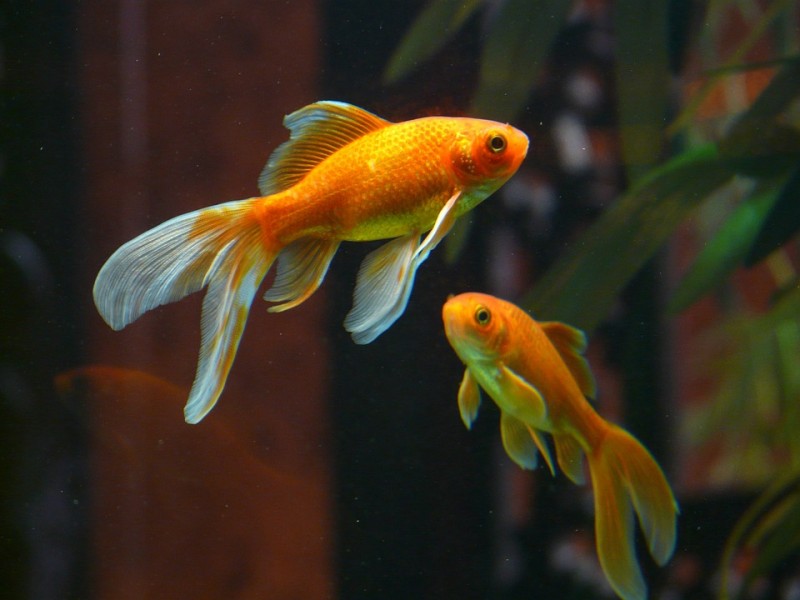Adam Session | Source | Binghamton University, State University of New York

Adam Session
I started my research career in behavioral genetics at Rutgers University, but during internships at Duke and UC Berkeley, became inspired to study genome evolution. My PhD focused on studying the genome of Xenopus laevis, a tetraploid frog commonly used in developmental biology. I was able to prove the allotetraploid hypothesis of X. laevis using data intrinsic to the genome, as well as detail the asymmetric evolution that followed.
For my postdoc, I focused on plant genome duplications as polyploidy is more common in plants. I helped sequence the Brachypodium hybridum, Miscanthus sinensis, and Panicum virgatum genomes, as well as develop new methods for identifying allopolyploids, and timing their hybridization through studying transposon evolution.
Looking forward, I hope to continue to study polyploids in plants, animals, and fungi, with the goal of unifying the techniques used to study these genomes in different lineages, as well as use allopolyploids to further our understanding of speciation.
-
New method traces ancestry of hybrids - Binghamton News
Hybrid plants and animals have complicated genomes. Assistant Professor Adam Session has discovered a way to reveal their parent species.
Article
-
Each ancestral genome carries a unique set of repetitive elements. So if we find sets of chromosomes in a polypoid that carry different repetitive elements, that proves hybrid ancestry and allows us to figure out which chromosomes were inherited together coming from the various progenitor species. In many cases, the ancestors of living polyploids are not known. Using our method, we can figure out the ancestral origin of different chromosomes just by studying the polyploid genome itself, and divide the chromosomes into sets, or "sub-genomes," derived from its various ancestors. In addition to identifying the subgenomes, we can also tell you the order in which they were put together.


